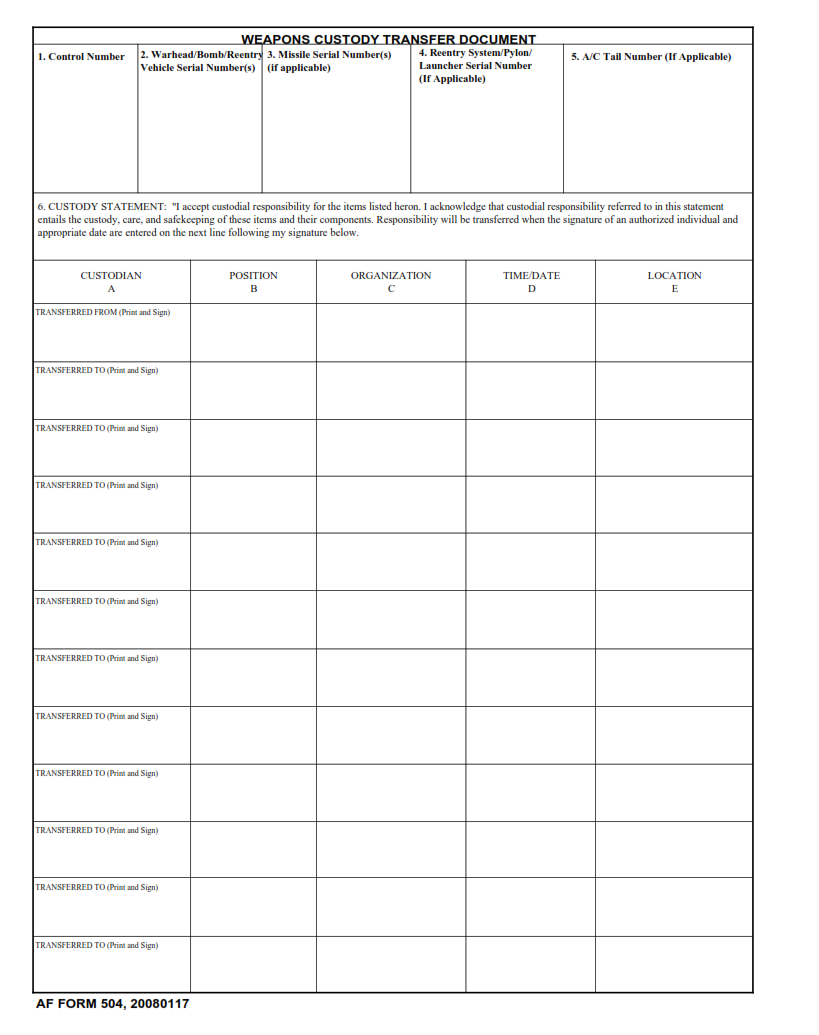FINDERDOC.COM – SF Form 519B – Radiologic Consultation Request/Report (NOT LRA) – This article is designed to provide a comprehensive overview of the SF Form 519B – Radiologic Consultation Request Report. This form is used by healthcare providers to request consultation from radiologists, who are medical doctors specializing in diagnosing and treating medical conditions using imaging techniques such as X-rays, ultrasounds, CT scans, MRIs, and more. The form includes several sections that enable healthcare providers to describe the patient’s condition in detail so that the radiologist can accurately interpret the images. Additionally, it also captures the necessary information about the patient’s demographics for billing purposes.
Download SF Form 519B – Radiologic Consultation Request/Report (NOT LRA)
| Form Number | SF Form 519B |
| Form Title | Radiologic Consultation Request/Report (NOT LRA) |
| File Size | 278 KB |
| Date | 07-06-2007 |
What is an SF Form 519B?
SF Form 519B is a document used by health care providers in the United States to request radiological consultation services from radiologists. This form allows for accurate and timely communication between physicians and radiologists, ensuring that the patient receives appropriate care.
The SF Form 519B includes information such as the patient’s name, address, symptoms, and medical history. It also provides instructions regarding any special tests or imaging procedures that should be performed on the patient. The form is important for making sure that all necessary information has been provided to the radiologist before they perform an exam or procedure on a patient.
Once filled out completely, this form is sent directly to a radiologist who can then evaluate the patient’s condition and offer their expertise on how best to proceed with treatment or diagnosis of a medical condition.
What is the Purpose of SF Form 519B?
The SF Form 519B, also known as Radiologic Consultation Request Report, is an important document used by medical professionals to request a radiology consultation. The form contains information about the patient’s condition and any pertinent medical history that will help the radiologist make a diagnosis. It includes details about the ordering physician, including their name and their contact information. Additionally, it contains a list of relevant tests that have been ordered and why they are being requested.
Upon receipt of this form, the radiologist reviews all the information provided before making a decision on whether or not to proceed with any testing. They may need additional information in order to further evaluate the patient before giving an opinion or recommendation. The purpose of this form is to provide all necessary information required for an accurate diagnosis and treatment plan for any given patient undergoing radiological examination.
Where Can I Find an SF Form 519B?
If you are looking for an SF Form 519B, the Radiologic Consultation Request Report, you can find it at many government websites. The form is used by certain radiology departments to request professional advice or consultation on a given radiologic diagnosis. It is also available directly from the Department of Veterans Affairs (VA) website.
You can also locate the SF Form 519B through the Centers for Medicare and Medicaid Services (CMS) website. This form should be completed by physicians and other healthcare providers when requesting the services of a radiologist to diagnose or treat a patient’s condition. Additionally, it includes instructions on completing and submitting the form to CMS for review and authorization purposes.
SF Form 519B – Radiologic Consultation Request/Report (NOT LRA)
The SF 519B Radiologic Consultation Request Report (Not LRA) is an important document for medical professionals and patients alike. It is used to request a diagnostic imaging study from an outside radiologist or laboratory. The report includes information about the patient, their symptoms and any relevant test results. It also includes instructions to the outside radiologist or laboratory regarding the type of imaging study being requested and other related information.
Using this form allows medical professionals to easily communicate with outside radiologists or laboratories regarding a patient’s diagnosis without having to use complex language or jargon that may not be understood by those unfamiliar with medical terminology. In addition, it provides details on what type of images should be taken and other specific instructions that are needed for proper diagnostics.
SF Form 519B Example
